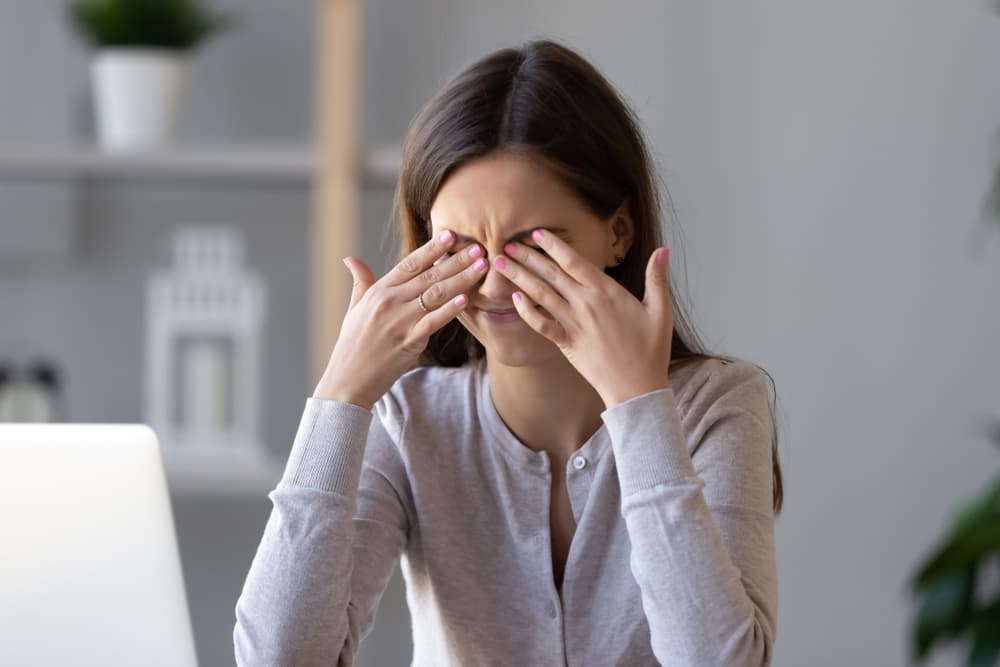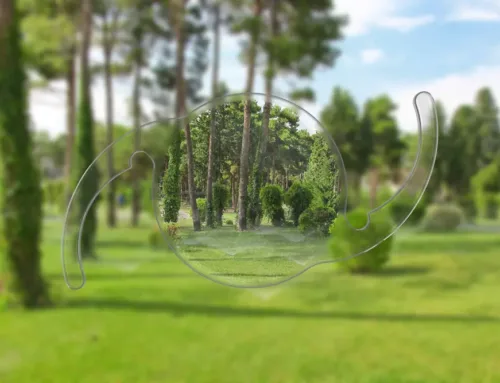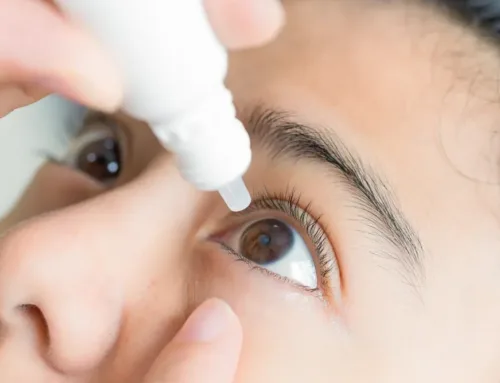Having discomfort in your eyes can be a frustrating experience, especially when you’re trying to go about your daily activities. Two common eye conditions that many people may encounter are blepharitis and dry eye. These two conditions have similar symptoms but distinct causes and treatments. In this article, we’ll discuss the differences between blepharitis and dry eye, what causes each condition, and how to manage and prevent the symptoms.
Blepharitis: Causes and Contagious Nature
The National Eye Institute states that Blepharitis is a prevalent eye condition characterized by redness, swelling, irritation, and itching of the eyelids. It can cause dry, flaky particles resembling dandruff on the eyelashes.
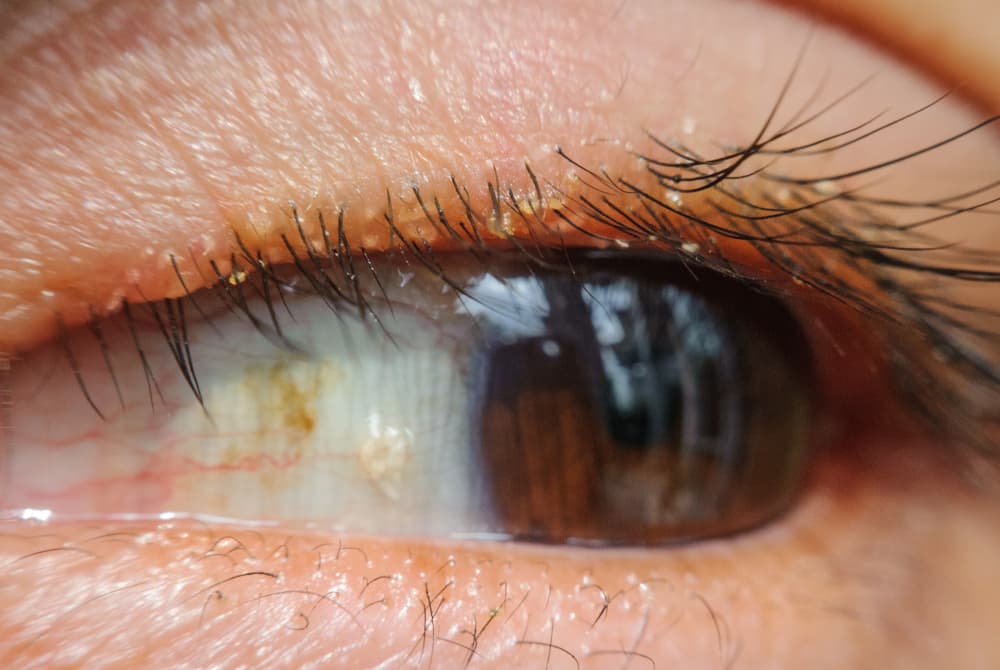
What Are the Symptoms of Blepharitis?
Common signs of blepharitis include:
- The sensation of something in your eyes
- Eyes that burn or sting
- Excessive tearing
- Itchy eyes
- Light sensitivity
- Red and swollen eyes or eyelids
- Foamy or bubbly tears
- Dry eyes
- Crusty eyelids or eyelashes upon waking up
Blepharitis can also lead to more severe complications such as:
- Blurred vision
- Loss of eyelashes
- Misdirected eyelash growth
- Swelling of other eye structures, such as the cornea
What Causes Blepharitis?
Blepharitis often occurs when bacteria are abundant on the eyelids, specifically at the base of the eyelashes. While it is normal to have bacteria on the skin, an excessive amount can lead to issues. Additionally, clogged or irritated oil glands in the eyelids can also result in blepharitis.
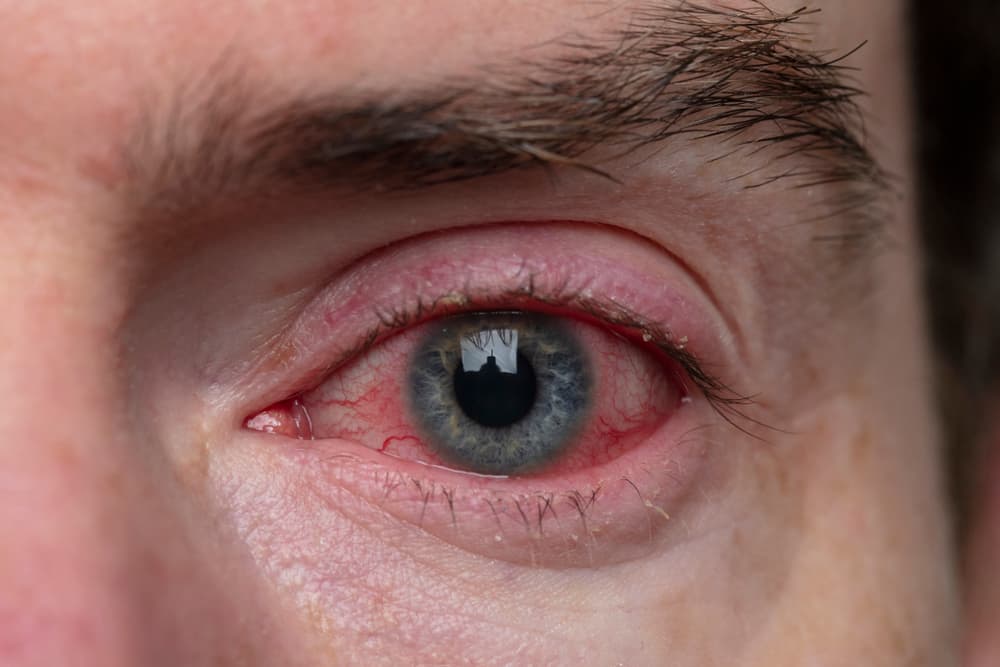
Is Blepharitis Contagious?
Thankfully, blepharitis is not contagious in the usual way. It does not spread from one person to another like a common cold. Nonetheless, maintaining good hygiene is crucial for its management.
Dry Eye: Causes, Symptoms, and Permanence
The National Eye Institute also mentions that dry eye occurs when the eyes do not produce sufficient tears to stay moist. Also, when the tears do not function properly. This can lead to eye discomfort and, in certain instances, vision issues. Dry eye is a prevalent condition that impacts millions of Americans annually.
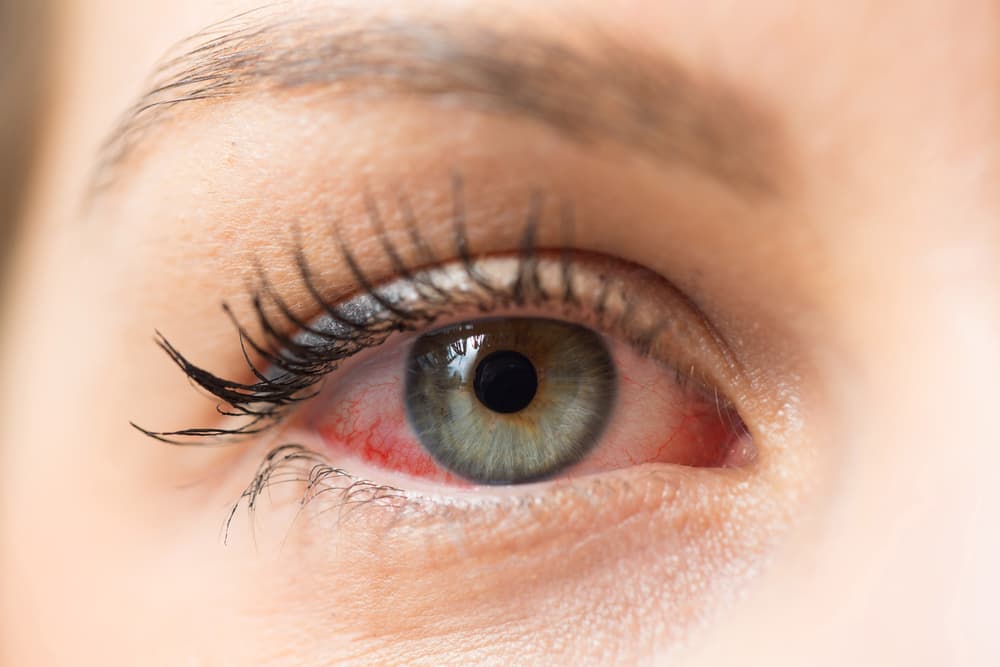
Dry Eye Symptoms
Dry eye can cause the following:
- A scratchy feeling, like there’s something in your eye
- Stinging or burning sensations in your eye
- Red eyes
- Sensitivity to light
- Blurry vision
What Causes Dry Eyes?
Typically, tear glands above your eyes produce moisture to keep your eyes lubricated. Dry eye occurs when your tears fail to perform their function. This can be due to:
- Insufficient tear production by your glands to keep your eyes moist
- Rapid evaporation of your tears
- Inadequate effectiveness of your tears in maintaining the wetness of your eyes
Treatments for Dry Eyes?
While dry eyes might not always be completely cured, effective management strategies can significantly alleviate symptoms and improve comfort. One of the techniques often used is LipiFlow, a treatment that helps clear clogged meibomian glands in the eyelids. Simple remedies like artificial tears or warm compresses can also provide relief.
Blepharitis vs. Dry Eye: Key Differences
| Symptoms | Causes and Underlying Factors | Impact on Eye Health and Vision |
| While both may cause redness and irritation, blepharitis primarily affects the eyelids, while dry eyes impact the overall eye surface. | Blepharitis often involves bacterial factors, while dry eyes may result from various environmental and health-related causes. | Blepharitis can lead to more severe complications, such as blurry vision and loss of eyelashes. While dry eyes may cause discomfort but seldom result in long-term consequences. |
Management and Treatment
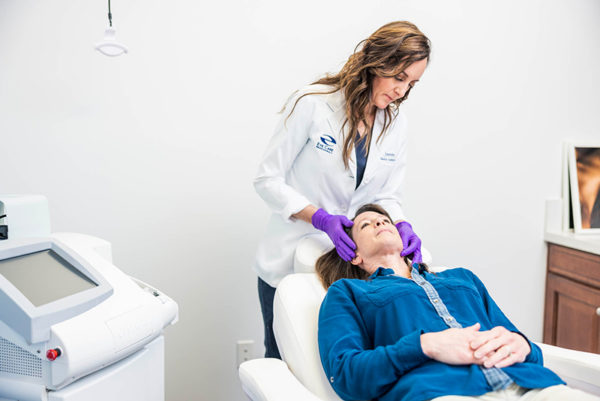
- Strategies to Minimize Blepharitis Symptoms: Warm compresses, lid hygiene, and prescribed medications help alleviate blepharitis symptoms.
- Long-term Solutions for Dry Eyes: Artificial tears, lifestyle changes, and prescription eye drops, in severe cases, offer relief for dry eyes.
- Comparing Treatment Approaches: Each condition requires tailored treatment; consulting an eye care professional ensures an accurate diagnosis and effective treatment plan.
- LipiFlow: You can opt for LipiFlow, which is a highly effective treatment for both Blepharitis and severe dry eye that uses thermal pulsation to clear clogged glands. This procedure increases tear production and can work for both diseases, providing amazing results.
Get Your Eyes Healthy with Eye Care Professionals
If you experience any discomfort in your eyes, it’s essential to consult an eye care professional for proper diagnosis and treatment. Remember to practice good hygiene, such as keeping your hands clean and avoiding touching or rubbing your eyes frequently. Proper management and care can prevent these conditions from affecting your daily life.
At Eye Care Professionals, we offer comprehensive eye care services to help you maintain healthy eyes and vision. Visit us today to learn more about how we can help. So, don’t hesitate to schedule an appointment and take the first step towards healthier eyes!




